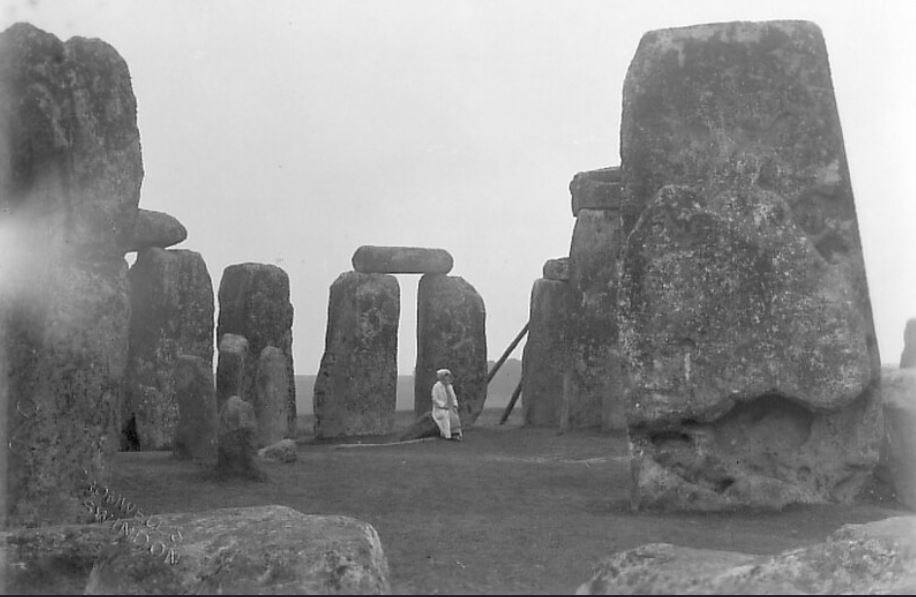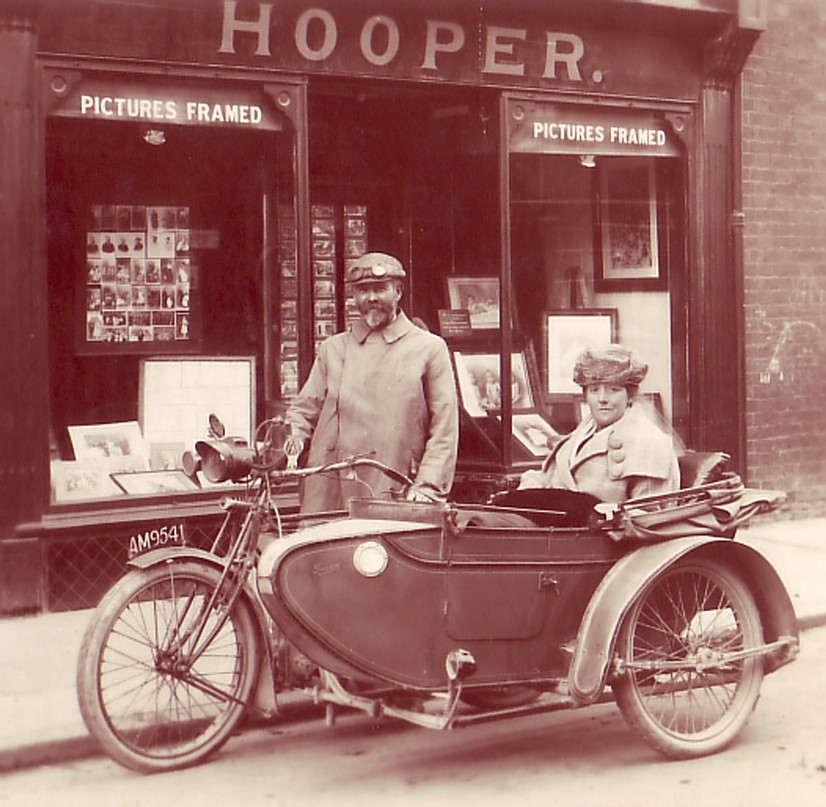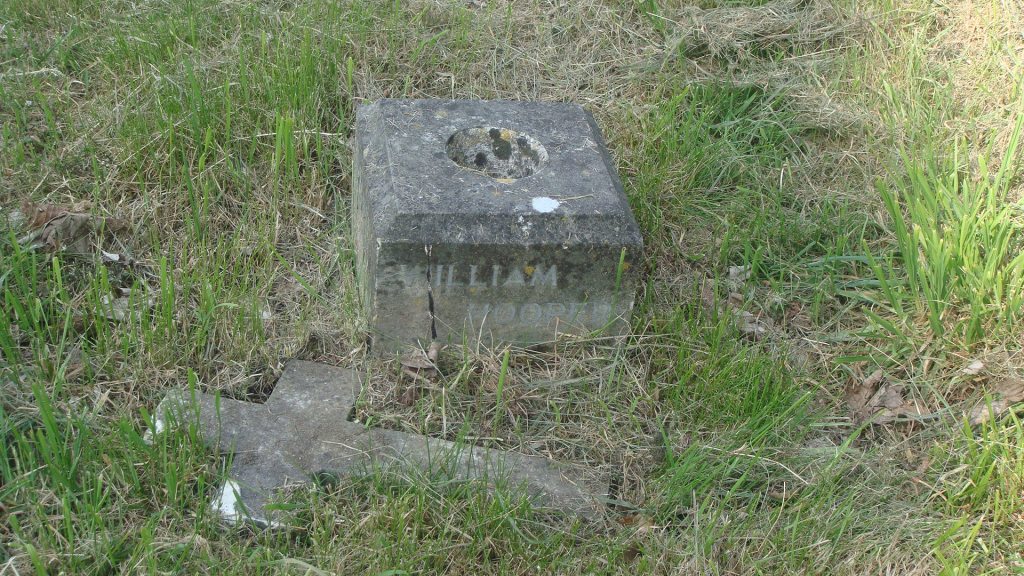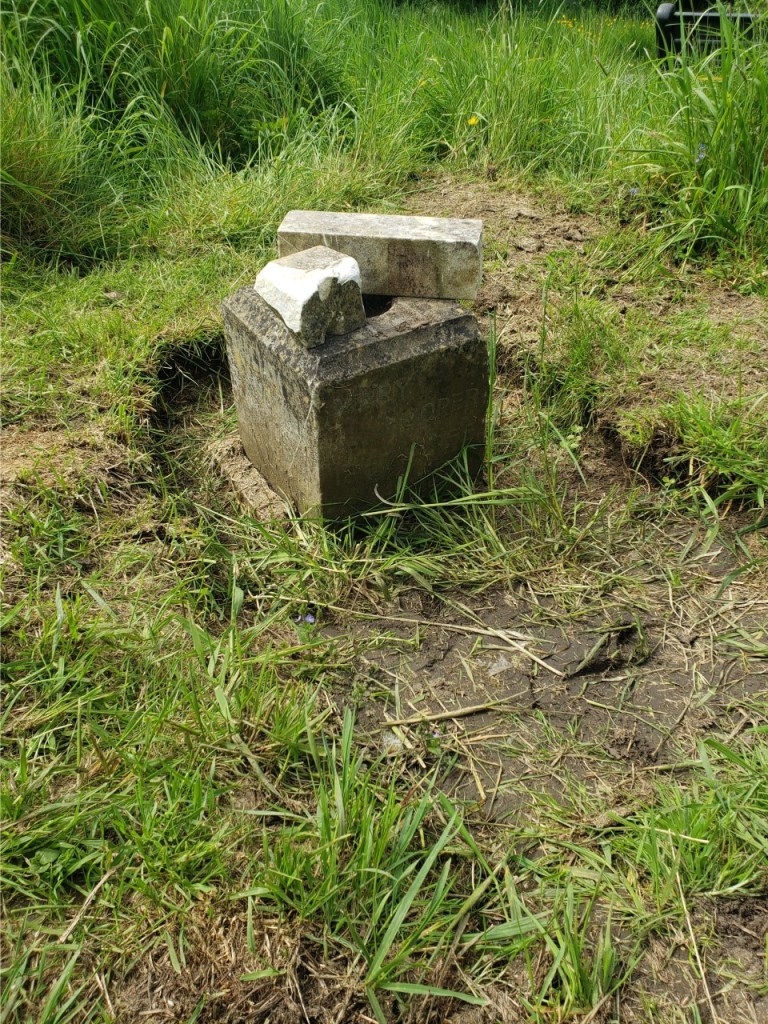If you are looking for an escape this beautiful April Sunday you will find a piece of paradise in the churchyard at St. James’s, Avebury.
As you might expect the parish church of St James’s, Avebury is an ancient one. A place of worship has existed on this site for more than a thousand years and evidence of those Anglo Saxon builders remain in the church today, including masonry, window apertures and the tub font.
The present church includes a magnificent 15th century rood loft saved by the parishioners a century later when such features were banned. Concealed behind a lathe and plaster construction on the east wall of the nave it was rediscovered during restoration work in the early 19th century. Outside in the churchyard the headstones are arranged in neat rows, although unfortunately few survive from the early history of the church.
Lying in their own piece of paradise is the fittingly named Paradise family. James Paradise was born in Avebury, the son of Francis and Hester Paradise, and was baptised in St James’s on March 29, 1763. On December 11, 1794 he married Susanna Townsend at Winterbourne Monkton. The parish register for that church reveals that James made a firm signature while Susanna made just her mark.
Susanna returned to James’s home in Avebury where she raised a large family of 13 children, all of whom were baptised at St. James’s church. Her first child, a daughter named Hester after the child’s paternal grandmother, was baptised on November 1, 1795 and her last, another daughter, Jane on December 6, 1821.
James appears to have spent his working life as a labourer, although when he made his Will in 1834 he describes himself as a Yeoman. James died in March 1837. His detailed Will runs to four pages, but Susanna’s, written in 1838, is much more straightforward.
This is the last Will and Testament of me Susanna Paradice of the parish of Avebury in the County of Wilts Widow I give and bequeath all my monies and securities for money wearing apparel Personal Estate and Effects whatsoever and wheresoever unto & equally between all my daughters who shall be living at the time of my decease and I hereby appoint Hester Underwood wife of George Underwood sole Executrix of this my Will hereby revoking all former Wills by me at any time heretofore made and declaring this only to be my Will In witness whereof I have to this my last Will and Testament set my hand and affixed my seal this fifteenth day of August one thousand eight hundred and thirty eight Susanna Paradice – Signed by the Testatrix Susanna Paradise in the presence of us present all the same time who have hereunto subscribed our names as witnesses this fifteen day of August one thousand eight hundred and thirty eight John Whittington Solcr Bristol Robert Coles his Clerk.
Susanna died in January 1841 aged 66 years and was buried on January 8 with her husband James. Susanna’s five daughters were all still living at the time of her death.
Eldest daughter Hester, whom Susanna made her executrix, married George Underwood, a sawyer, in 1821. She had just one surviving daughter, Ann. Hester died in 1845.
Second daughter Sarah married agricultural labourer George Coleman in 1831. When she made her Will (valued at a Personal Estate of £22) she appointed Thomas Kemm, gentleman farmer at Avebury Manor, as her Executor. Sarah died on April 11, 1884 aged 84.
Third daughter Ann married James Dew, a master Carpenter on July 4, 1839. She died in 1865 aged 55.
Fourth daughter, Eliza married William Maton, a joiner, on February 12, 1835. Eliza had two sons, John and James. On April 9 1849 they set sail on the Tory for a new life in New South Wales.
Youngest daughter Jane Paradise married Thomas Blake, a saddler, on October 20, 1842. Jane had at least seven children and died in 1908 at the age of 86.
While James and Susanna’s daughters lived long and eventful lives their sons were not so fortunate, four of them dying at a tragically young age.
The burial registers record that Richard Paradise died aged 9 was buried on January 7, 1815. His death had occurred ‘by an accident from an Horse.’
Next to be buried in the churchyard at Avebury was James and Susanna’s eldest son George. Born in 1797 George died in 1817 aged 19 years.
On February 4, 1830 William Paradise was buried next to his brothers George and Richard. He died aged 23 years and according to the burial registers he was ‘accidently killed.’ Aaron Paradise died in 1832 aged 20 years old and joins the sad row of brothers reunited in death.
Today the churchyard at St. James is a tranquil place, despite the many visitors who visit historic Avebury, a tourist attraction since time immemorial.

The Church of St. James’s, Avebury






Paradise family graves



